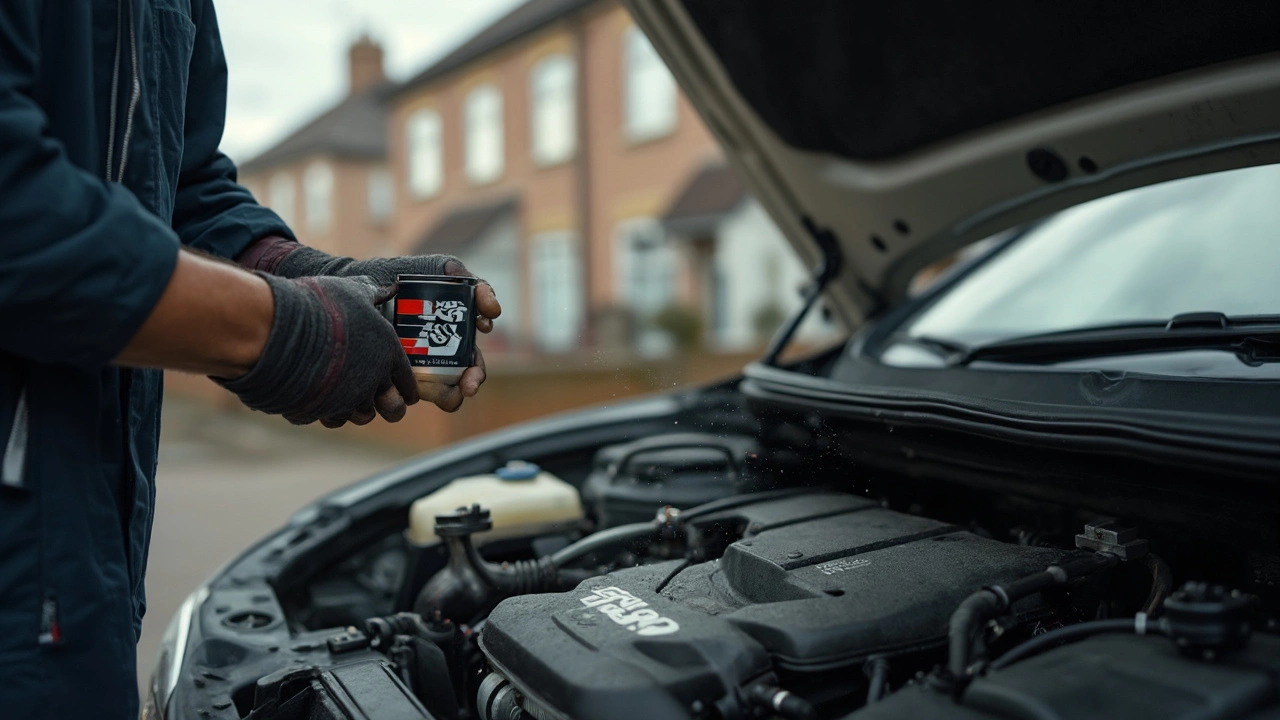Oiled Air Filters: What They Are and Why You Might Want One
If you’ve ever heard a mechanic talk about an "oiled filter" and wondered what the fuss is about, you’re not alone. An oiled filter is a reusable air filter coated with a special oil that traps dust while letting more air flow into the engine. More airflow can mean a small power bump and a fresher sound from the intake, which many car lovers love. Below we break down the real benefits, the upkeep tricks, and how to pick the right one for your vehicle.
Key Benefits of an Oiled Filter
First off, performance. Because the oil‑coated fibers are looser than paper, the filter lets more air reach the combustion chambers. That extra air can improve throttle response and give you a few extra horsepower – enough to notice on a spirited drive. Second, cost over time. You buy an oiled filter once and clean it, instead of replacing disposable paper filters every few months. The cleaning process is cheap – a bottle of filter oil and a little elbow grease.
Third, environmental impact. Re‑using a filter reduces waste, which is a win for anyone who cares about the planet. Finally, the look. Oiled filters often have a rugged, off‑road vibe that matches custom wheels, matte wraps, and other styling tweaks you might already have on your car.
How to Keep an Oiled Filter Working Right
Maintenance is the only place where an oiled filter can get tricky. The basic steps are simple: remove the filter, tap out loose debris, wash it with a dedicated filter cleaner (or mild dish soap), rinse thoroughly, let it dry completely, then apply a thin, even coat of filter oil. Don’t over‑oil – a thin layer is enough to seal the fibers without choking airflow.
We recommend cleaning the filter every 5,000 to 10,000 miles, depending on driving conditions. Dusty roads, off‑road adventures, or construction zones mean you’ll need to clean more often. Also, inspect the filter after each clean; any cracks or tears mean it’s time for a replacement.
When you’re cleaning, avoid using harsh chemicals or high‑pressure spray. Those can strip the oil or damage the delicate fibers. A gentle hose or a bucket of water works just fine. After the filter is dry, spread the oil with a soft cloth, then let it sit for a few minutes before reinstalling.
Finally, remember that an oiled filter can affect your car’s fuel trim. Some newer engines with sensitive mass‑air sensors may need a “reset” after you install a new filter. A quick engine restart or a short drive usually does the trick, but if you notice rough idle, a quick scan with a Bluetooth OBD tool can help you fine‑tune the settings.
In short, an oiled filter gives a noticeable performance perk, saves money, and looks cool – as long as you keep up with the cleaning routine. If you’re already into custom styling, swapping to an oiled filter is a low‑effort way to add a small performance lift and a hint of street‑cred.
K&N filters are famous for boosting airflow, but lots of drivers worry they might mess with the car’s MAF sensor. This article breaks down what actually happens when you use oiled filters like K&N, how the MAF sensor works, and what real-world data says about filter problems. You’ll get practical tips on avoiding issues and learn when K&N filters make sense for your ride. Get clear facts instead of hype or myths. If you’re thinking about upgrading your air filter, this is the guide you need.

